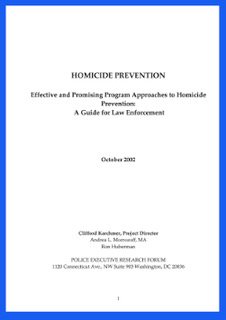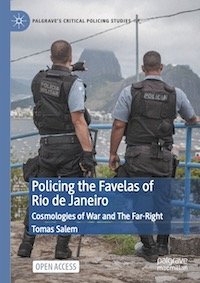By: Leslie Tutty, Jennifer Koshan, Deborah Jesso, Cindy Ogden, and Jacqueline G. Warrell
The serious nature of intimate partner violence and the harm to women and their children has been acknowledged in numerous documents (Statistics Canada, 2005; Tutty & Goard, 2002). The costs to society for charging abusive partners and providing treatment in the hope of stopping domestic violence are substantial (Bowlus, McKenna, Day & Wright, 2003; Greaves, Hankivsky, & Kingston-Reichers, 1995; Healey, Smith, & O‘Sullivan, 1998).
The criminal justice system is an institution that deals with a high number of cases of domestic assaults yearly. While there is no separate domestic violence offence, abusers are subject to a variety of charges, from common assault to uttering threats to murder, that would apply to anyone regardless of the relationship between the victim and the perpetrator. Nevertheless, the dynamics and the intimate relationship between the accused and the victims in domestic violence cases, has severely challenged the criminal justice response that typically deals with crimes committed by strangers.
Beginning with the development of the court in Winnipeg in 1991, specialized domestic violence courts have become increasingly available across Canada with the goal of more effectively addressing the criminal justice response to domestic violence. The extensive effort involved in creating such specialized justice responses should be acknowledged. To date, however, few evaluations have been published that assess whether these initiatives make a difference, exceptions being the work of Ursel in Winnipeg, the Yukon Domestic Violence Treatment Option (Hornick, Boyes, Tutty & White, 2005: funded by NCPC), some courts in Ontario (Moyer, Rettinger & Hotton (2000), cited in Clarke, 2003; Dawson & Dinovitzer, 2001), and Tutty and Ursel in the Canadian prairie provinces (Ursel, Tutty, & LeMaistre, 2008).
Calgary‘s model developed in early 2000 with the input of key players from not only the criminal justice institutions such as police services, the Crown Prosecutor offices, probation, Legal Aid and the defence bar, but also community agencies that offer batterer intervention programs and support, shelter and advocacy for victims. The model was innovative, with the initial emphasis on a specialized domestic violence docket court with the aim of speeding up the process for those charges with domestic abuse offences to both allow low risk offenders to take responsibility for their actions and speed their entry into treatment.
Such actions were thought to better safeguard victims, both because their partners were mandated to treatment much earlier, and to prevent repercussions to victims who, if the case proceeded to court, might be required to testify. Crisis intervention theory has long posited that the sooner one receives intervention, the more likely the counselling will be effective (Roberts & Everly, 2006). Also, the safety and wishes of the victims are taken into consideration by the court team early on in the process, while the assault is still fresh in their minds and they are not influenced by the accused to the same extent as they might be later on.
The National Crime Prevention Centre of Public Safety Canada and The Alberta Law Foundation March 2011





















